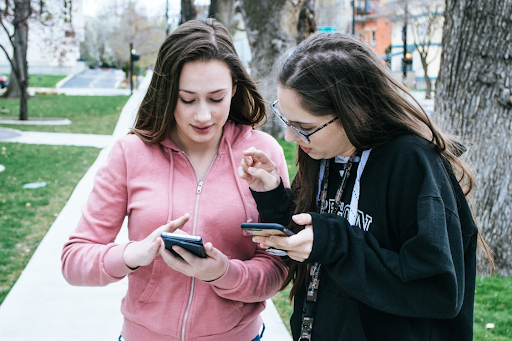In today’s interconnected economy, everyone must be able to communicate with others. This is especially true for low-income families that receive government benefits such as SNAP or Food Stamps.
Table of Contents
Benefits
SNAP, or Food Stamps, is a government program that helps low-income families with their basic needs. In addition to providing a consistent income, SNAP can assist families in staying in touch with friends and relatives. For this reason, many SNAP recipients choose to use free phone programs to stay connected. These phone programs can provide a much-needed lifeline for families in need.
Several cellular providers offer free phones and services to people on food stamps. These providers are known as Lifeline service providers, and they can be found across the country. In some states, these providers have even opened stores providing SNAP customers with free devices and services.
The requirements for SNAP phones vary from state to state, but most programs require that applicants meet specific eligibility criteria. Typically, these requirements include meeting the income guidelines and participating in one of the government assistance programs. These programs include Medicaid, SNAP, federal public housing assistance, and veterans’ pensions.
The SNAP phone program is sometimes called the Food Stamp or SNAP phone, but it is not officially called that. This is a term that some people use to describe the phone program, and it is not meant to be misleading. People receiving SNAP benefits should contact their local telecommunications provider to find out what types of phones and services are available.
Security
There is a lot of controversy over the security of government smartphones with food stamps. Some argue that this technology is a privacy threat and should be banned, while others point out the benefits of such devices. For example, a smartphone can provide an excellent point-of-sale system at farmers’ markets. It can be programmed to display prices and accept payments via a PIN. It can also store purchase histories, which customers can use to track their SNAP balance. However, this technology still needs to be PCI-compliant, and users must be careful when using it for sensitive transactions.
The Federal Communications Commission (FCC) mandates that families on food stamps or SNAP get access to free communication devices, including cell phones and tablets. These are provided through two programs: Link-Up and Lifeline. The government collaborates with telecommunication companies to offer free phones or tablets for low-income households. The free phones are usually older models, but other brands may also be available.
The good news is that receiving a free phone and data service will not impact your eligibility for food stamps or other federal assistance programs. This program is intended to assist low-income Americans in remaining connected to their family and the rest of the globe. To apply for a free phone, visit the Lifeline website or call 1-800-811-8000.
Costs
For more than 30 years, SNAP has deducted telephone expenses from the income of low-income households. These deductions have been either actual phone bills or a standard telephone allowance. Now, telecommunication companies offer free smartphones and cell phone plans to those who qualify for the program. This policy change allows SNAP recipients to use their phones for work, education, and socialization activities without worrying about the cost of their service.
The federal government operates the free phone and tablet assistance programs in partnership with telecommunications companies. These companies provide a range of devices. The government-funded programs also offer free internet services, discounts, or even monthly mobile phone plans.
These programs have proven effective in helping families and individuals stay connected to their loved ones and friends while reducing calls to 211 services. They can also help families manage their budgets and make better food, housing, and utilities choices.
Accessibility
The federal government provides low-income families free cell phones and data services through the Lifeline and Affordable Connectivity Program. Eligible households must meet specific criteria, such as SNAP or other food stamps, Section 8 public housing assistance, Medicaid, Supplemental Security Income, the Veterans Pension and Survivors Benefit, or income below 135% of the poverty guideline. The list of qualified programs for each state can be seen here.
While it is common for SNAP recipients to have traditional land-lines, many of them don’t use them because they are too expensive or too complicated to manage. As a result, they use smartphones, pre-paid telephone cards, and Voice over Internet Protocol (VoIP) services. Often, these services have better reception and are easier to use than standard land-lines.
Although tech has yet to meet the needs of low-income people, some solutions are helping.
If you’re eligible for food stamps, you can still get a smartphone and unlimited data with reputable companies. You can even bring your device (as long as it is compatible with networks). Many older customers prefer this option as they already have a phone set up how they like it.





